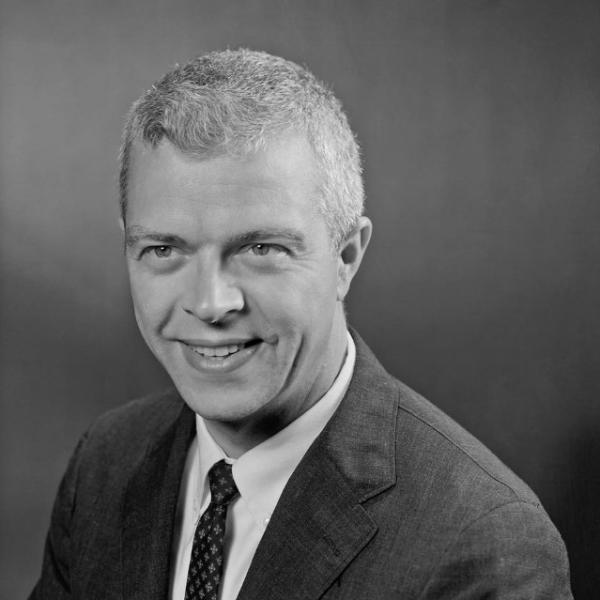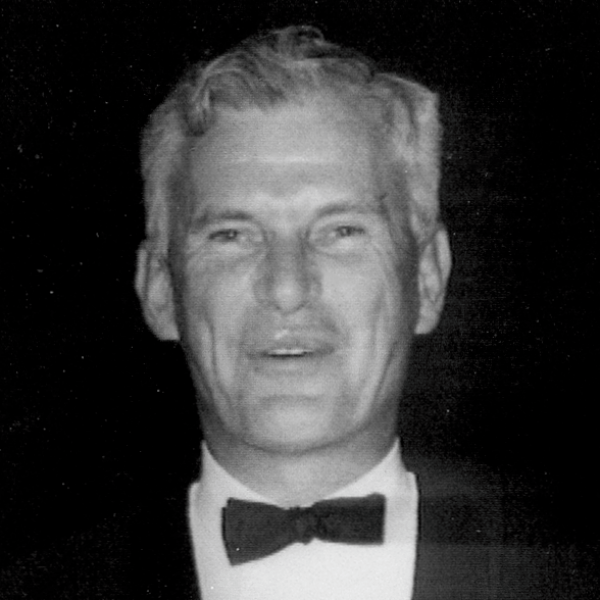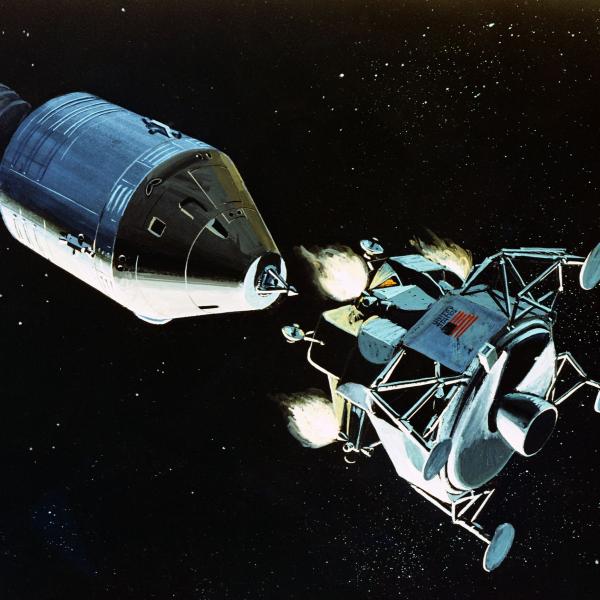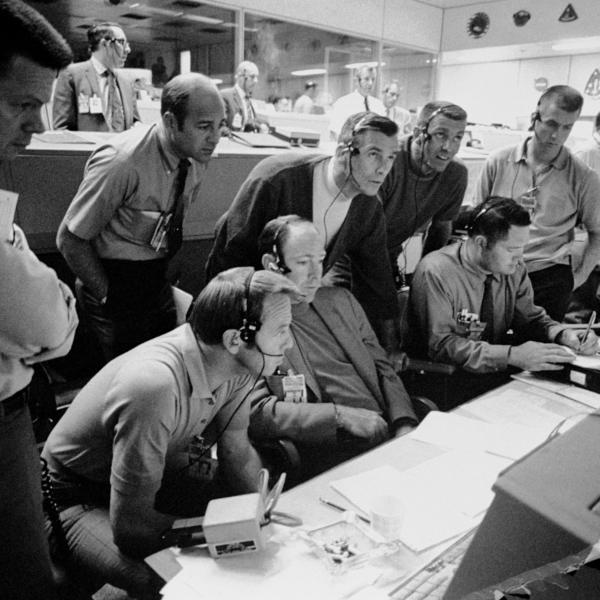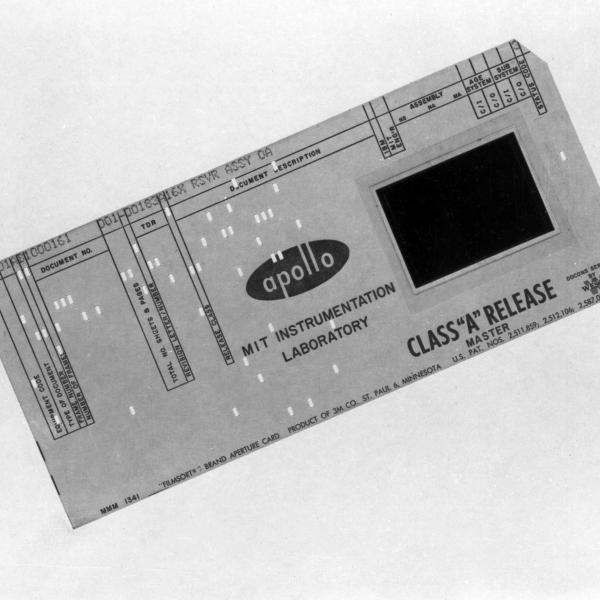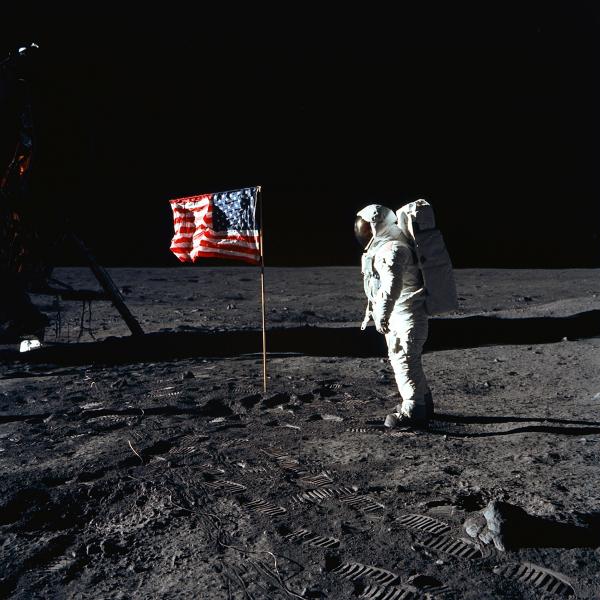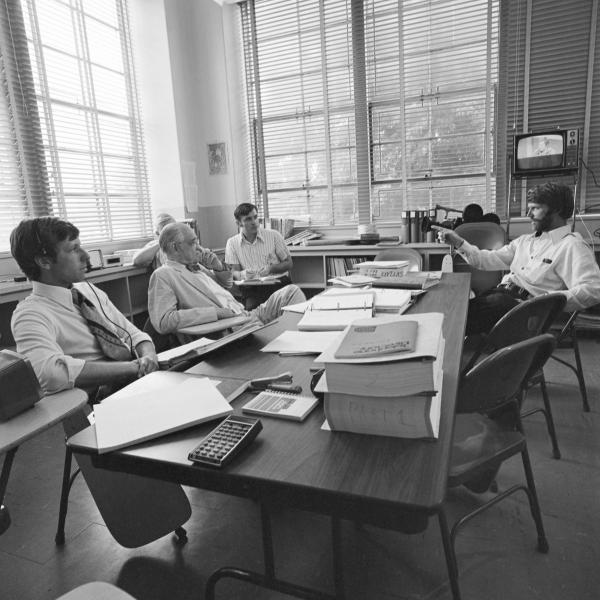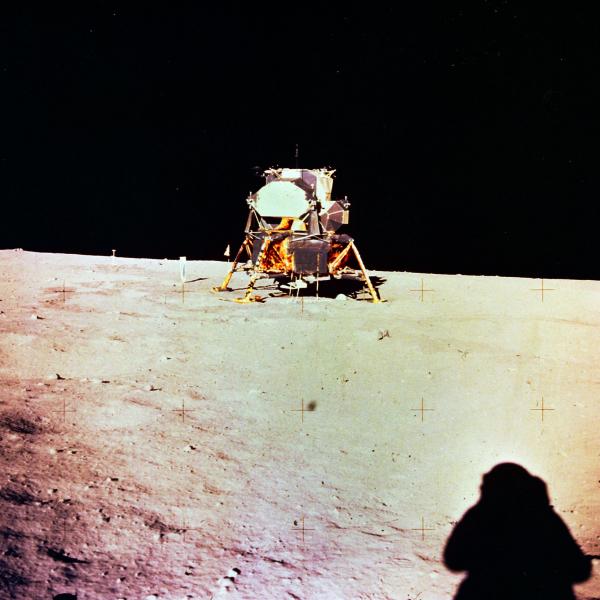
John C. Houbolt Helped Win the Space Race
John C. Houbolt had a bold idea and it got man to the moon.
What if you had an idea, a shot at getting something right that no one knew how to do - land the first man on the moon for instance. If you were wrong, hundreds of millions of dollars and someone’s life would be lost. Would you raise your hand and suggest it? Or, would you sit quietly and let others take the risk?
It’s the Space Race. Russia successfully puts the first man in space in April of 1961. After President John F. Kennedy announces that America will put the first man on the moon by the end of the decade NASA went into a frenzy to achieve this mandate by the easiest, safest, and most cost effective way possible. In the 1960s at a NASA aeronautical laboratory in Virginia, a group of engineers discusses the details of perhaps the most critical aspect of landing on the surface of the moon, the landing. Propelling a rocket into space and crossing a distance of roughly 238,000 miles was a daunting task, but nothing would matter if they couldn't stick the landing and return home.
Throughout the 1960s the aerospace engineering teams pushed an expensive and ambitious model using a single enormous powerful rocket that would launch on Earth and land directly on the moon where it would then take off again back to Earth - an idea called Direct Ascent.
John C. Houbolt, a relatively unknown NASA engineer at the time, knew they were wrong. He aggressively fights for “Lunar Orbit Rendezvous” (LOR) - using a lighter rocket to launch into orbit around the moon, and then deploying a second smaller craft called a Lunar Module from the rocket to land and return from the surface.
Houbolt believes this is the only way forward for NASA, and he ignores the men above him who dismiss the idea. Breaking protocol and risking his reputation and entire career, he writes directly to a man named Robert C. Seamans Jr., a champion of Direct Ascent himself and one of the most senior officials at NASA, urging him “Do not be afraid of this.” Seamans eventually gives LOR the consideration it deserves. LOR becomes the favored game plan for NASA and led to Neil Armstrong’s first steps on the moon’s surface.
Houbolt’s contributions to Lunar Orbit Rendezvous aren't just limited to the 60s. It saved the lives of the three Apollo 13 astronauts in 1970 when an explosion forced them into the separate smaller Lunar Module. Thanks to Houbolt’s determination, they had the tools to safely return home. Even today, NASA space engineers are also considering using the concept of LOR as they look towards walking on the surface of Mars. While many don't know his name, John C. Houbolt was critical to the success of the Apollo missions and later NASA policies. Without his fierce belief in his ideas, mankind would likely never have walked on the moon by 1969.
